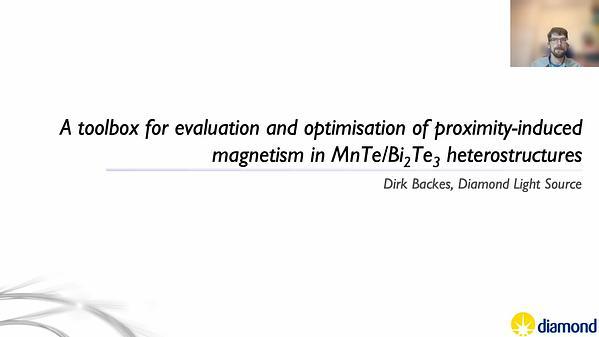Would you like to see your presentation here, made available to a global audience of researchers?
Add your own presentation or have us affordably record your next conference.
The crystallographic orientation plays the foremost significant role in the modern magnetic heterostructure devices, especially in the arena of spintronics device. In terms of magnetic property, domain orientation is solely dependent on the structural homogeneity. This research work deals with the development of epitaxial thin films of Ni/NiO on various single-crystalline substrates including sapphire (0006) and LiNbO3 (104). Pulsed laser deposition (PLD) technique was used at 650°C in constant oxygen pressure of 0.01 mbar to deposit films on reported substrates. Phase mixture of Ni (ferromagnetic)/NiO (antiferromagnetic) in the thin films was achieved via hydrogen reduction annealing at 600°C for 30 minutes which induced point defects by incorporating oxygen vacancies into the as-deposited pure NiO crystal structure. Two major structural characterizations— X-ray diffraction and Scanning electron microscopy were done to find out the desired phases and surface morphology. X-ray diffraction shows preferential growth of NiO on both sapphire and lithium niobate along the (111) plane (XRD peak at 37.25° on sapphire, 37.28° on LiNbO3), sharp peaks of Ni at 44.4° and 50.3° on sapphire and lithium niobate substrates indicate that a handful amount of NiO converted to Ni phase. Additionally, Rietveld refinement using Diffrac plus Topas shows 99.7% and 99.6% Ni phase presence after doing the reduction annealing of NiO thin films on sapphire and lithium niobate substrates accordingly. Moreover, single crystalline domains with two different crystallographic orientations (due to having twin phase) were noticed at 60° apart via phi scan and pole figure techniques. Scanning electron microscopy images with Energy dispersive spectroscopy shows the surface homogeneity with atomic percentages of Ni in both annealed thin films. Temperature and field dependent magnetization data collected using SQUID magnetometer show ferromagnetism and antiferromagnetism in pure Ni and NiO films, respectively. Spin canting has been observed in the phase mixture, holding a potential wide range magnetic exchange coupled phenomena.
References:

Fig .1: Pole figure of NiO (111) film grown on Sapphire (0006)

Fig.2 : Phi Scan of Ni (111) film grown on Sapphire (0006)
